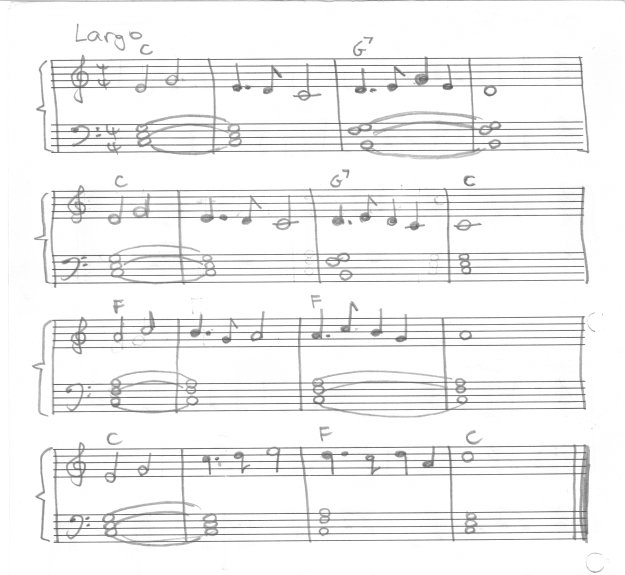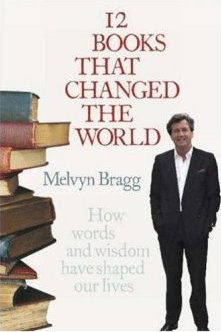
by Procedural Arts (PC, 2006)
http://www.interactivestory.net/
Façade is an art and research project which aims to extend the remit
of gaming, making a bold raid deep into rarely-explored territory. It
opens with a voicemail, inviting you to visit old friends, and then
presents the player with a first-person view from outside your caller's
apartment door.
spoilers
Stepping up briskly, I was just getting to grips with
the mouse cursor's context-sensitive prompt to knock on the door, when I
began to discern the muffled but unmistakable sounds of an argument
going on inside. The familiar sinking feeling invoked as you screw up
your courage, overcome your hesitation, and knock regardless, is
possibly a gaming first.
Awkward social situations are nothing new in other media, but the
complicity engendered by interactivity and first-person immersion
enhances the effect. It's a rich vein, and the ensuing interactive drama
mines it deeply - starting with the knock, upon which a voice fiercely
whispers "He's here already? I thought you said 8 o'clock?"
Your hosts Trip and Grace do their best to welcome you gracefully, but
there's clearly tension in the air. You can speak to them at any point
just by typing on the keyboard, and navigate the apartment, or mess with
its fixtures, using the mouse. The story that unfolds is highly
dependant on your behaviour, as Trip and Grace respond to you and to
each other, using a social AI system developed specifically for this
project. Consequentially, the storyline and its outcome varies massively
from one replay to the next - although similar themes are often brought
out somewhere along the way: the Italian holiday that no-one wants to
talk about; the 'experimental' decor - a symptom of Grace's frustration
with her uncreative graphic design job.
There are no goals, no score. No explicit measures of success. Judging
by my few replays, the evening can end in one of a small number of ways,
some of them are sad or embarrassing, others, perhaps the more elusive
ones, are happy or hopeful. If the player chooses to adopt the
attainment of a particular story-ending as a self-assigned goal, then
that's up to them - and surely that's the very essence of what
interactivity is all about.
Façade isn't without its flaws. The graphics are perfunctory - which
is arguably a positive, since it's Southpark visual style steers well
clear of the Valley, but
will doubtless repel the superficiality of the mainstream. Similarly,
the AI has a limited repertoire - it only knows how to converse around
particular topics, using the words and phrases that have been recorded
by voice actors. Again though, this has an upside, as the confines of
the two-room apartment, its three occupants, and the prominence of their
relationship problems all serve to reinforce the intensity of the
situation. More pertinently though, even within these constraints the AI
isn't perfect - this is a research project after all. The inevitable
failure to recognise your typed input is often handled relatively
gracefully, by a confused look from Trip or Grace, or an abrupt subject
change, passed off as a deliberate avoidance of the topic you were
broaching - a tactic that sometimes actually becomes more effective and
engaging the more insistent your attempts become.
It's often-cited in the game development world that the industry is
still not mature enough to know how to write a game that can make the
player cry. The current state-of-the art is comparable to the crude
motion-pictures of the late 19th century. Who would have believed,
watching the grainy, silent flickering of Fred Ott's
Sneeze, the narrative
and emotional finesse to which that medium would one day soar? For all
its faults, it's in increments such as Façade that gaming moves in the
same direction.
Rating: 9/10.
Lets. Push. Things. Forward.



 : Power corrupts
: Power corrupts






